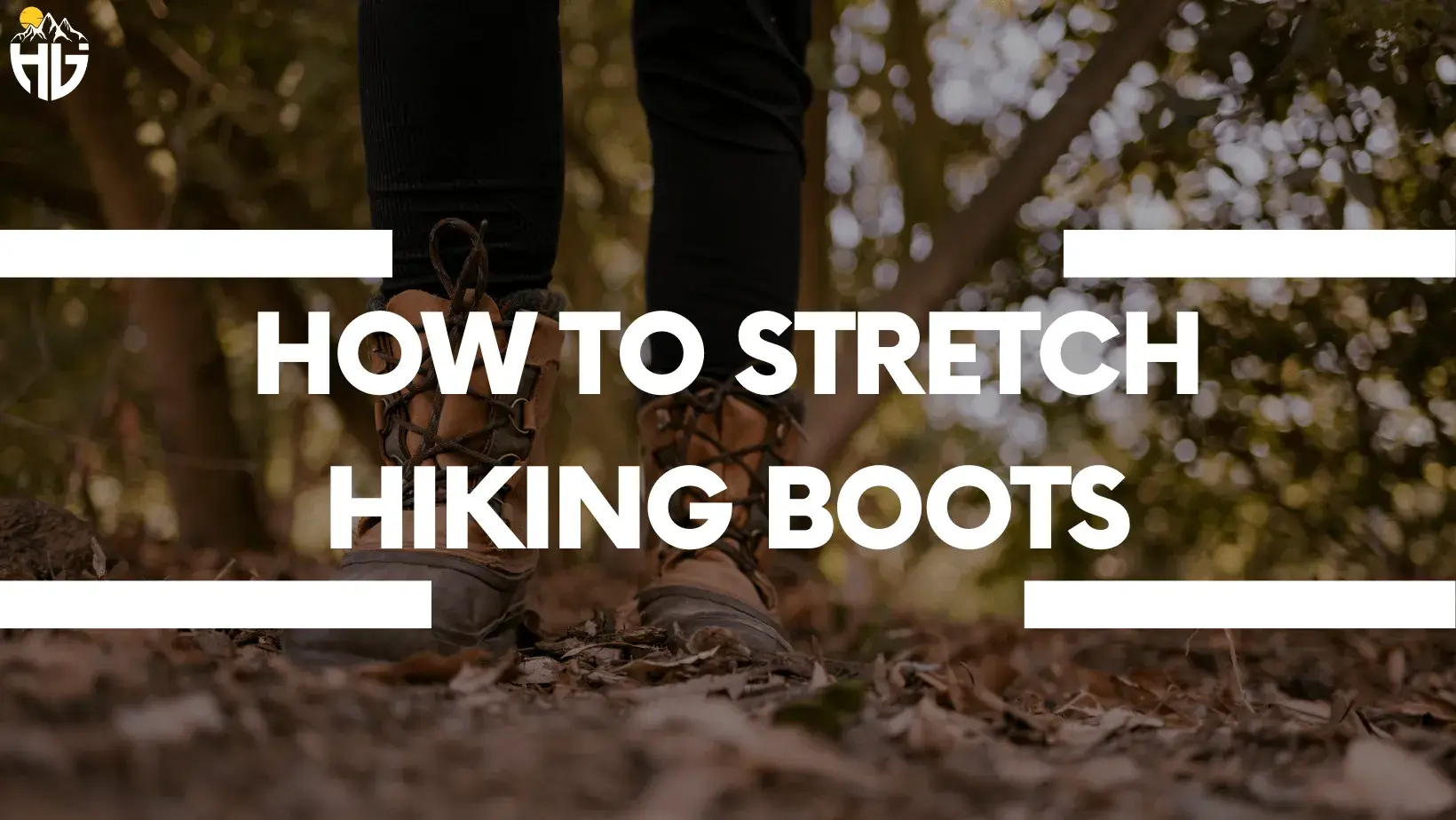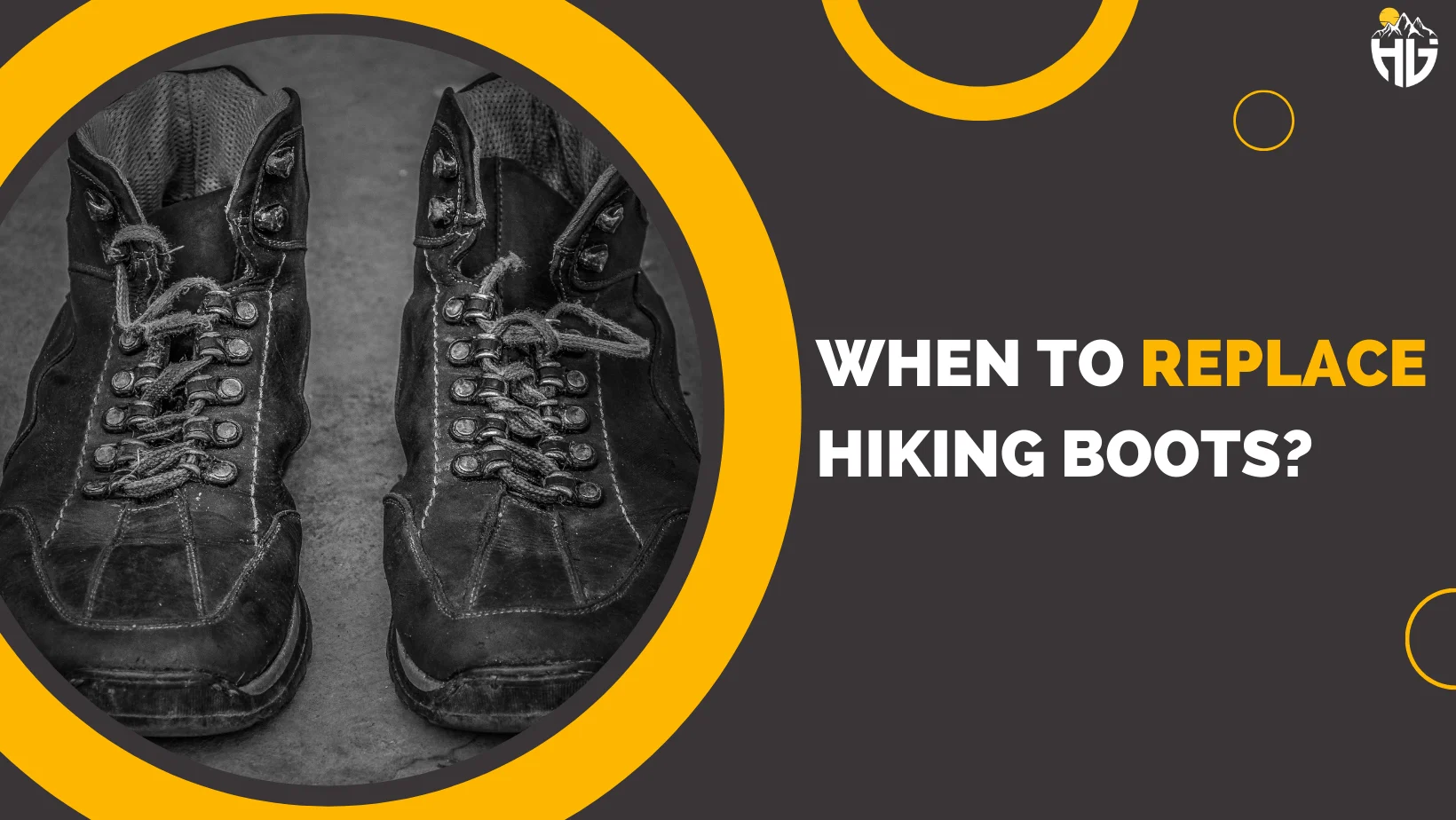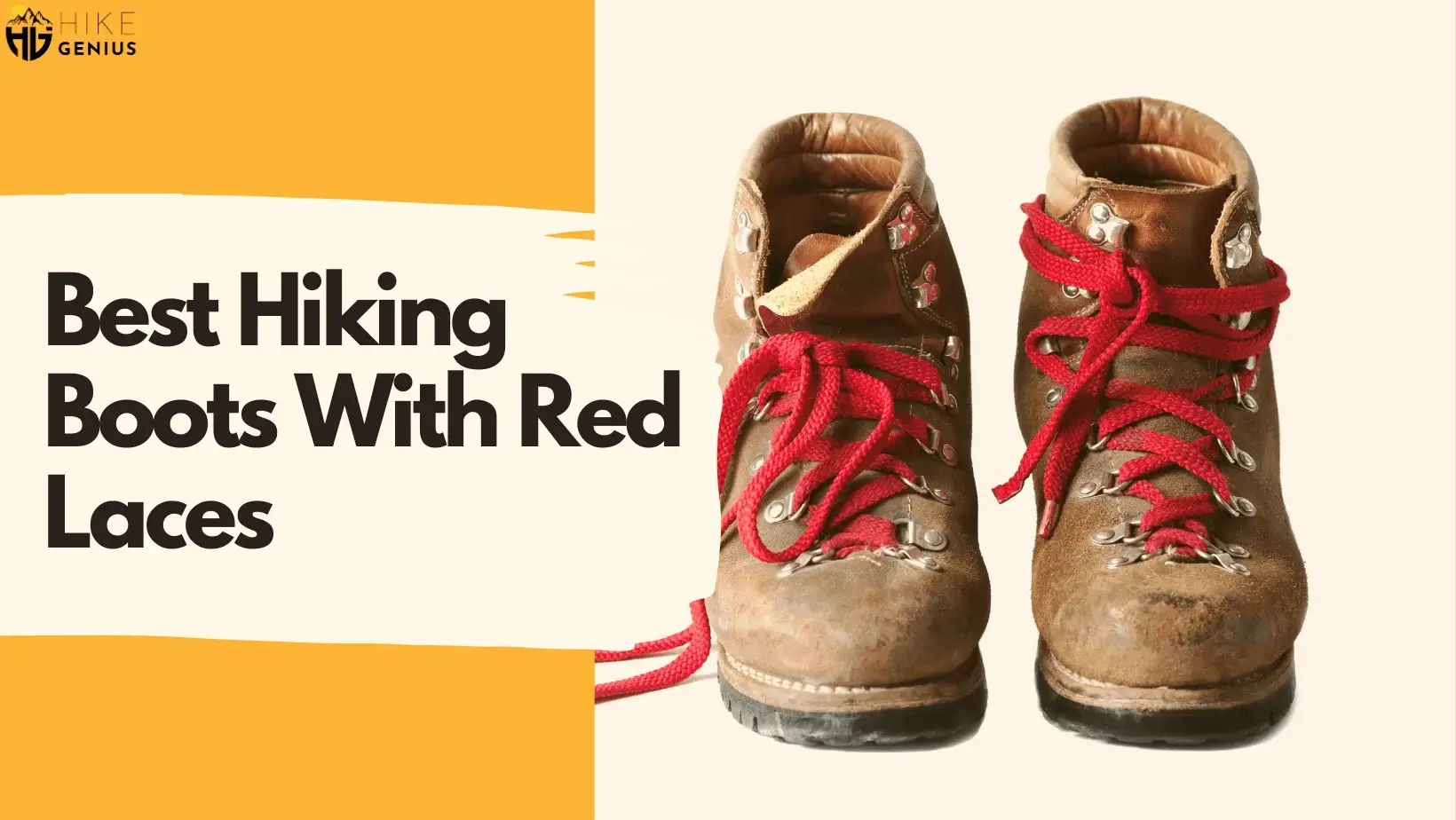How Much Toe Room in Hiking Boots?

Proper toe room is essential in hiking boots for various reasons. Firstly, having enough space allows your toes to move naturally, preventing discomfort and potential injuries.
You should have about a thumb’s width (approximately half an inch to a full inch) of space between your longest toe (which might not always be your big toe) and the front of the boot. This allows for your toes to have some wiggle room while preventing them from hitting the front of the boot during downhill descents.
Additionally, it helps in avoiding blisters and black toenails that can occur when your toes repeatedly hit the front of the boot on descents.
Also Read
The Toe-Wiggle Test Myth

The “Toe-Wiggle Test” is a commonly heard piece of advice when it comes to fitting shoes, particularly hiking boots.
This test suggests that if you can wiggle your toes freely inside the shoes, they must be the right fit. However, this notion can be misleading and is often considered a myth in the realm of footwear fitting. Here’s why:
Incomplete Evaluation
Relying solely on the ability to wiggle your toes doesn’t provide a comprehensive assessment of proper shoe fit. While some toe movement is necessary, it’s only one aspect of the overall fit that needs to be considered.
Misjudgment of Space
Depending on factors like shoe design, lacing style, and foot shape, some shoes might feel roomy in the toe box even when they’re actually too large. This can lead to improper support and potential discomfort during active use.
Also Read
How to Wear Hiking Boots With Shorts?
Dynamic Movement
The real challenge of footwear fitting is accounting for how your feet behave during dynamic movements, such as walking, hiking, or running. Your feet can shift forward and sideways while in motion, which might cause your toes to hit the front of the shoe even if they don’t during a static toe-wiggle test.
Downhill Impact
In activities like hiking, downhill portions can lead to your toes sliding forward and repeatedly hitting the front of the shoe. Having excess space solely for toe wiggling can result in discomfort and potential toenail issues.
Sock Thickness
The thickness of the socks you plan to wear during activities also affects the fit. Shoes that feel just right with thin socks might become too tight with thicker hiking socks.
Support and Stability
A snug fit provides better support and stability for your feet, particularly during uneven terrain or when carrying a backpack. Shoes that are too loose can lead to a lack of control and increased risk of ankle twists.
Individual Variations
Everyone’s feet are unique in terms of shape, arch type, width of space , and more. What works for one person might not work for another, making a one-size-fits-all approach like the toe-wiggle test inadequate.
Factors That Influence The Toe Room
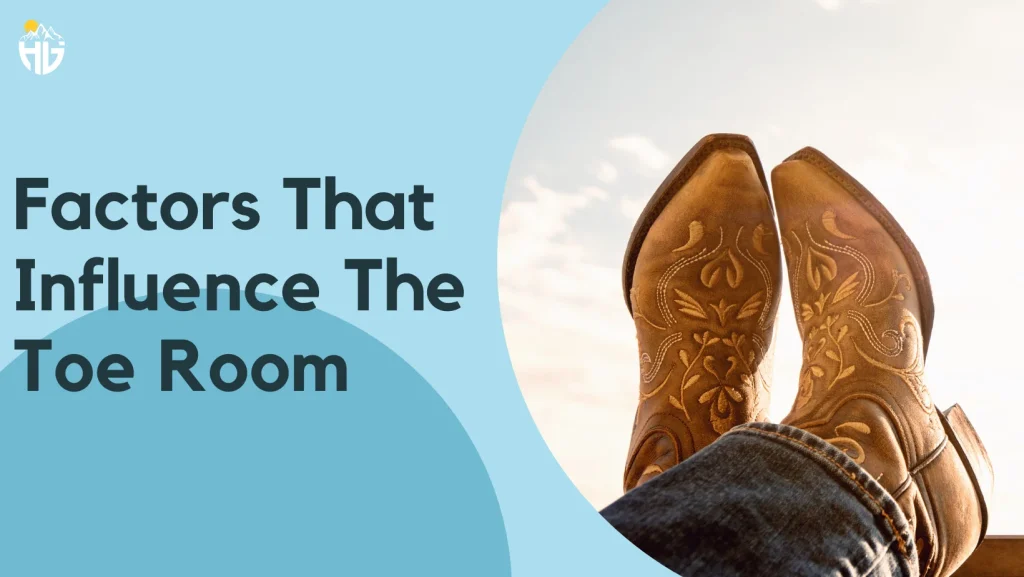
The amount of toe room in a pair of hiking boots is influenced by several factors that collectively determine the fit, comfort, and performance of the footwear.
These factors can vary between different brands, models, and styles of hiking boots.
Here are some key factors that play a role in determining how much toe room is present:
Boot Design and Last Shape
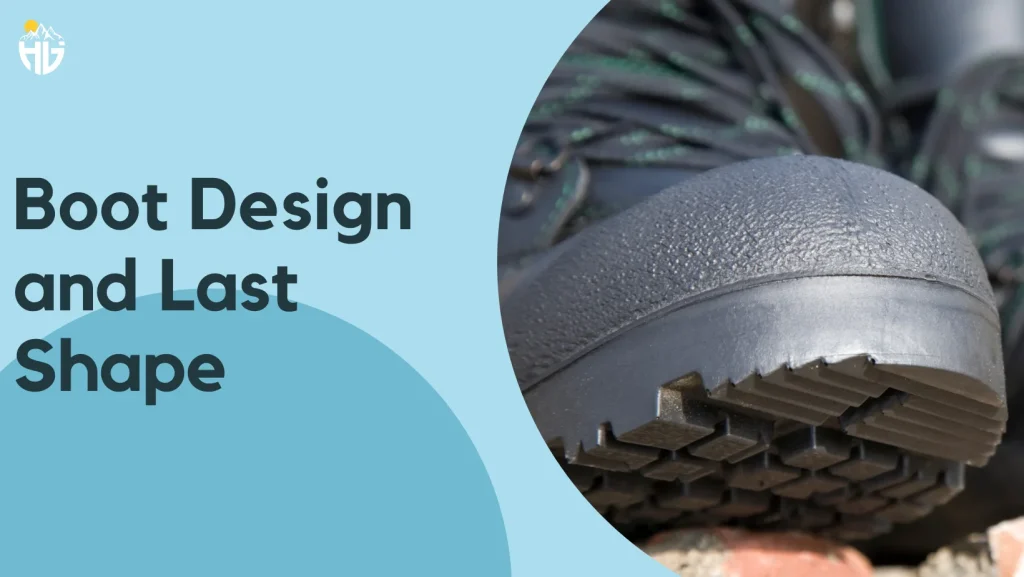
The “last” is the form around which the shoe is built. Different boots have different last shapes, which can affect the fit. Some boots have a more tapered toe box, while others have a wider and roomier one.
The overall design of the boot, including the curvature of the toe box, can impact how much space your toes have.
Size and Fit
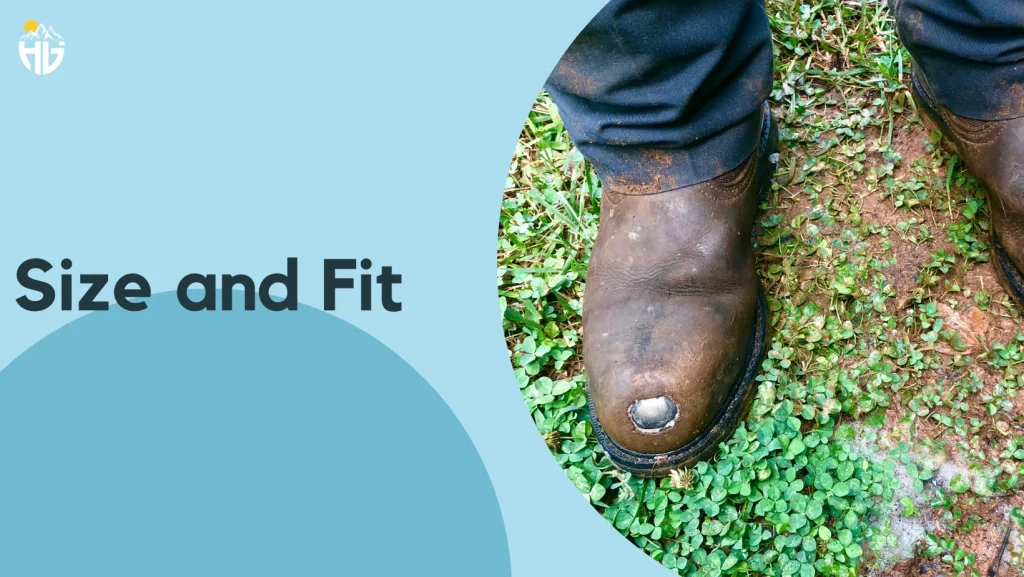
The size you choose and the overall fit of the boot impact the amount of toe room. While you should have some space between your longest toe and the front of the boot, choosing the correct size is crucial.
Visit a reputable outdoor gear store where knowledgeable staff can measure your feet and guide you in selecting the right size and style of hiking boots. They can consider factors such as your foot shape, arch type, and intended use to recommend suitable options.
Sock Thickness
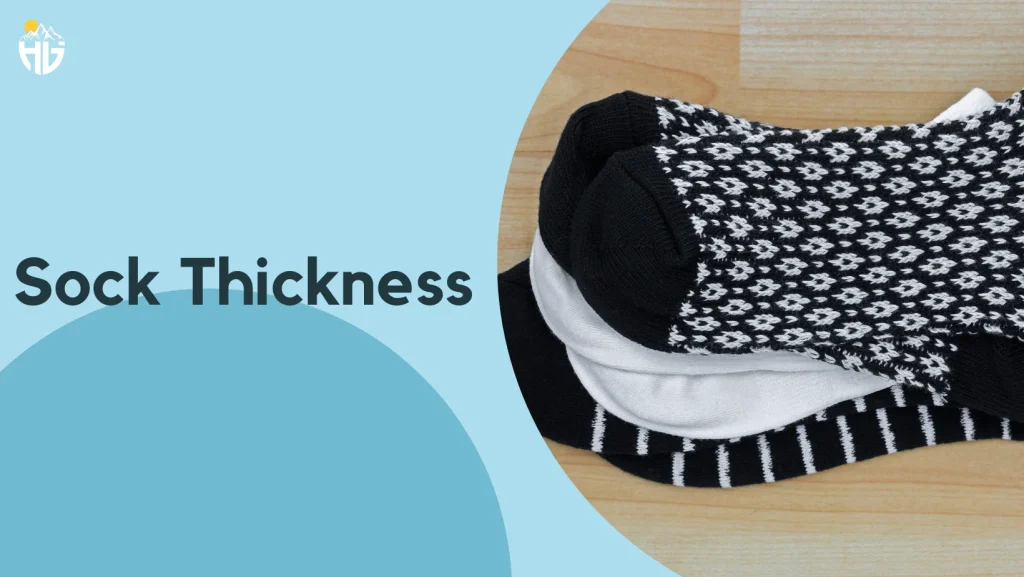
The type of socks you plan to wear during hiking affects how much space your foot occupies within the boot. Thicker socks will require slightly more room compared to thinner socks.
This ensures that the fit accommodates the thickness of the socks and gives you a more accurate sense of how the boots will feel during outdoor activities.
Lacing System
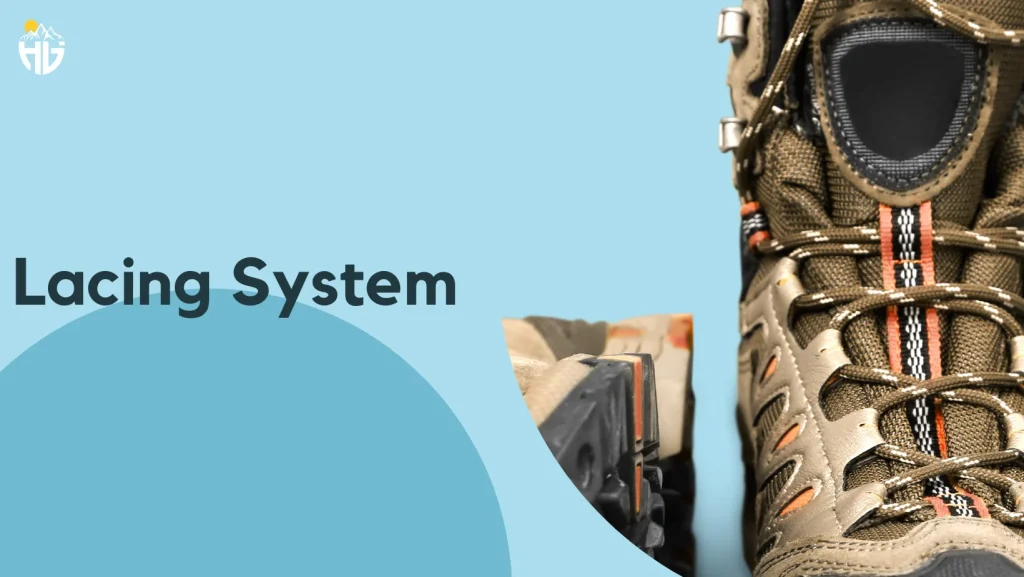
The lacing system and how you lace your boots can influence how your foot is secured within the boot. Proper lacing can help prevent your foot from sliding forward, which can affect toe room during movement.
Experiment with different lacing techniques to customize the fit around your foot. Properly laced boots can provide better support and control, minimizing movement within the boot.
Foot Movement
Your feet naturally move within the boots while walking, hiking, or descending. This movement can vary depending on the terrain and the incline. Hiking downhill, for example, can cause your toes to hit the front of the boot more frequently.
Pay particular attention to how your toes feel when walking downhill. Your feet can slide forward inside the boots during descents, and having adequate room helps prevent your toes from repeatedly hitting the front of the boots.
If possible, walk on an incline or simulate uphill and downhill terrain in the store. This movement helps you assess how your feet and toes behave within the boots during different hiking conditions.
Boot Type and Intended Use
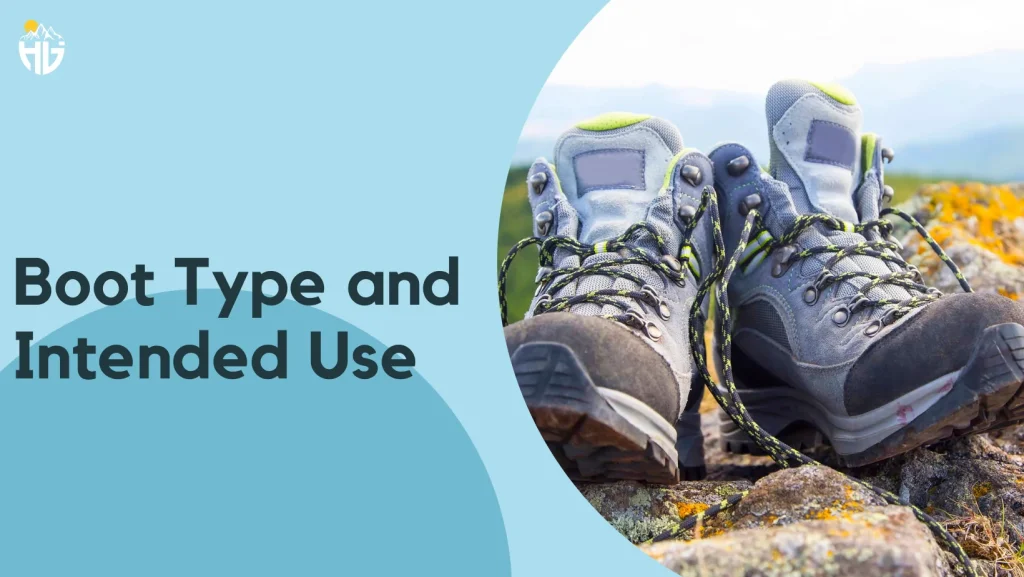
Different types of hiking boots are designed for various terrains and activities. Boots designed for more technical and steep terrains might have a different fit to provide better control and support during descents.
If possible, take a short hike or walk in the boots outdoors before committing to them. This can give you a better understanding of how the boots perform in real hiking scenarios.
Material Stretch
Some boot materials, such as leather, might stretch over time with use. This could potentially affect the initial fit and toe room, so it’s important to consider how the boot material might change with wear.
Walk around for a while in the boots to identify any pressure points or areas of discomfort. Pressure points, especially around the toes, can indicate that the boots might be too tight or improperly fitted.
Foot Shape and Anatomy
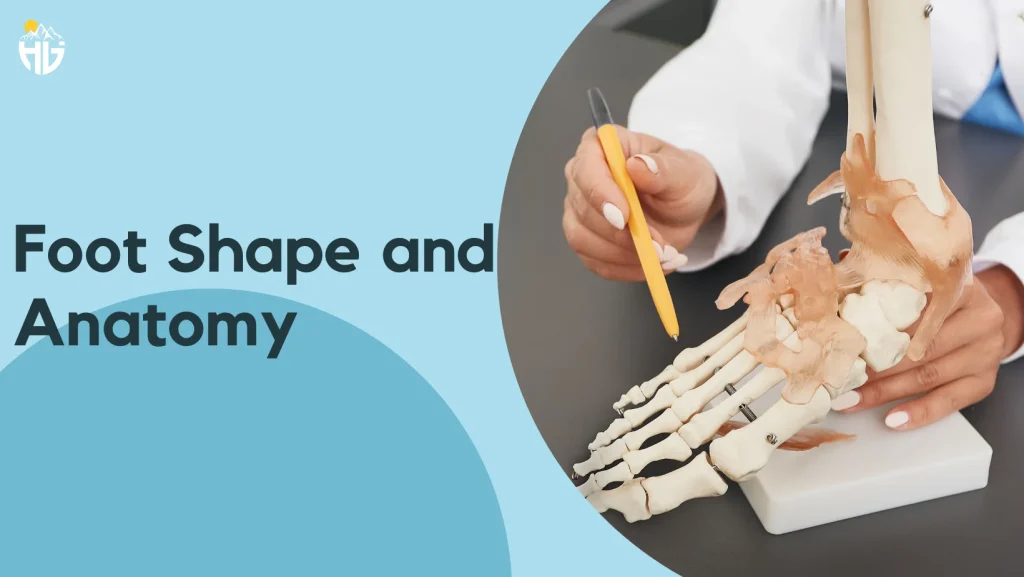
Everyone’s feet are unique in terms of size, width, arch height, and toe length. Your individual foot characteristics will influence how a particular boot fits you.
While trying on the boots, walk, flex your toes, and mimic different hiking movements. This dynamic testing helps you gauge whether your toes have sufficient space in all scenarios.
Personal Preference
Some hikers prefer a snug fit with limited toe room for better control and stability, while others priorities more room for comfort, especially during longer hikes.
Remember that comfort is paramount. If your toes feel cramped, uncomfortable, or if you notice any rubbing or pressure, consider trying a different size or style of boot.
How Much Toe Room is Too Much?
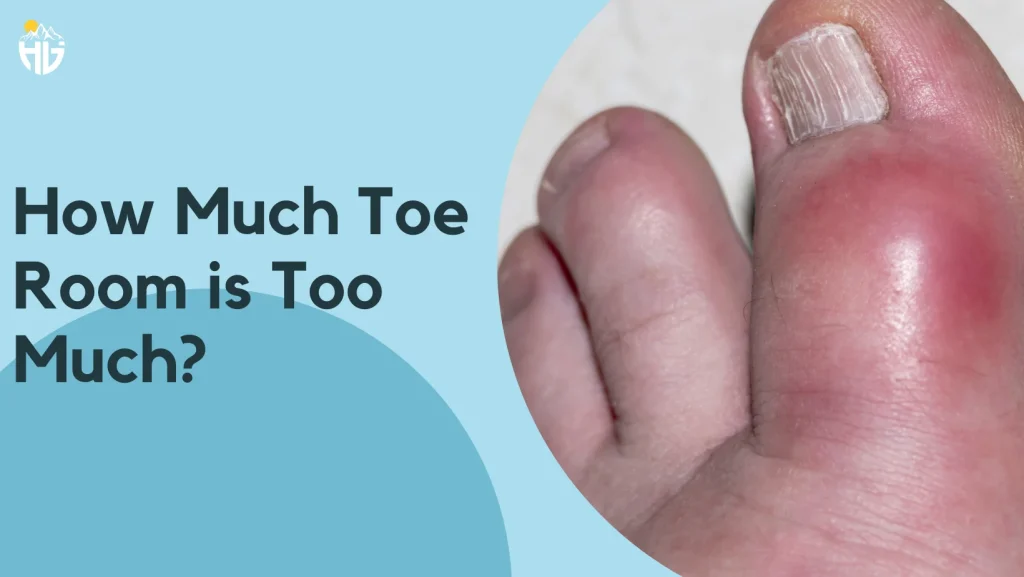
While having some toe room in hiking boots is important for comfort and preventing discomfort, having too much toe room can also be problematic.
Here’s how to determine if you have too much toe room in your hiking boots:
Excess Space
If there’s more than an inch of space between your longest toe and the front of the boot, it’s likely that you have too much toe room.
Your toes should have enough room to move and wiggle, but excessive space can lead to your foot sliding forward during downhill descents, potentially causing discomfort and toenail issues.
Toe Sliding
When walking on an incline or downhill, pay attention to whether your toes consistently slide forward and hit the front of the boot. If your toes are frequently impacting the front of the boot, it might be an indication that the boots are too roomy.
Lack of Control
Boots with too much toe room can compromise your stability and control, especially on uneven or rocky terrain. Your foot might not be securely held in place within the boot, increasing the risk of slips or ankle twists.
Heel Lifting
If you find that your heels are consistently lifting out of the heel cup with each step, it might be due to excessive room in the toe box. This can lead to discomfort, blisters, and a lack of support.
Blisters and Friction
Too much space can cause your foot to move around within the boot, leading to friction and blisters. Blisters can form when your foot rubs against the boot’s interior, especially if your toes are sliding excessively.
Improper Fit
Hiking boots with excessive toe room might not provide the snug fit needed for proper support and stability. Your foot should feel secure in the midfoot and heel areas, not just in the toe box.
Toe Overhang
If your toes have considerable overhang beyond the front of the insole or midsole of the boot, it’s a sign that the boots are too big. This can lead to discomfort and potential injury during extended hikes.
Foot Movement
When walking, your foot should move with the boot as a unit. If your foot slides forward independently of the boot, it indicates that the boots are too loose and might not provide the necessary control.
How to find the Perfect Fit
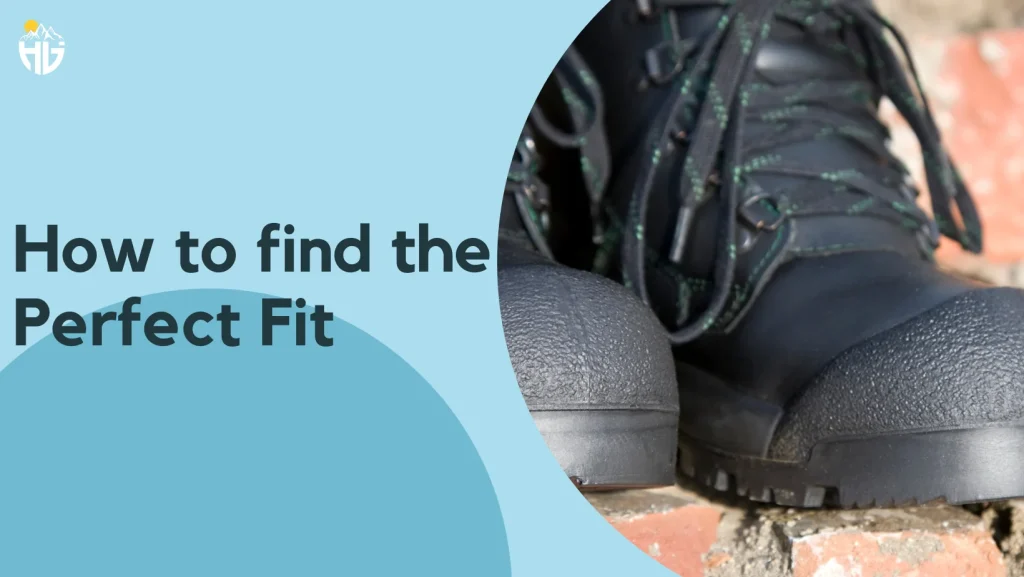
Finding the perfect size for your hiking boots is essential for comfort, support, and an enjoyable outdoor experience.
Measure Your Feet
Start by measuring your feet accurately. Use a Bannock device or a measuring tape to determine your foot length and width. Different brands and models of hiking boots might have slightly different sizing, so having accurate measurements is crucial.
Choose the Right Size
Use your measurements as a good starting point to choose the appropriate size. Keep in mind that hiking boots often have a different fit compared to regular shoes, so don’t assume your usual shoe size will be the same for all types of hiking boots.
Visit a Specialty Store
Head to a reputable outdoor gear store with knowledgeable staff who can assist you in finding the perfect size. They can provide valuable insights and guide you toward the right brands and models based on your foot shape and intended use.
Wear the Right Socks
Wear the type of socks you plan to use while hiking. This ensures that you get a true sense of how the boots will fit during your outdoor activities. Different sock thicknesses can affect the fit.
Try Multiple Sizes and Brands
Don’t be afraid to try on several sizes and different brands or models. Each boot might have a slightly different fit, and finding the right one might require trying a few options.
Use Insoles if Necessary
If you use custom insoles or orthotics, bring them along when trying on boots. They can affect how the boot fits and feels on your feet.
Toe Room
Aim for about a thumb’s width (approximately half an inch to an inch) of space between your longest toe and the front of the boot. This allows for comfortable toe movement without excessive sliding.
Heel Fit
Your heel should fit snugly in the heel cup without lifting or sliding. A secure heel fit helps prevent blisters and provides stability.
Midfoot Support
Ensure that the boot provides support and a secure fit around the midfoot area. Your foot should feel snug but not overly tight.
Walk and Test
Take some time to walk around the store, ideally on a surface that simulates hiking conditions. Pay attention to how your feet slide feel during movement, especially during uphill and downhill strides.
Downhill Test
During downhill walking, make sure your toes don’t repeatedly hit the front of the boot. This can help you determine if you have enough room in your hiking boots for downhill impact.
Lace Properly
Experiment with different lacing techniques to customize the fit around your foot. Proper lacing can enhance comfort and support.
Consult with Staff
Don’t hesitate to ask for advice from store staff. They can provide insights into specific boot features and fitting techniques.
Consider Your Activities
Think about the type of hiking you’ll be doing. Different activities might require slightly different fits. For more technical terrain, a snugger fit might be preferred, while for longer hikes, comfort is crucial.
Real-World Test
If possible, take a short walk or hike outdoors with the boots to experience how they perform in real conditions.
Conclusion
Finding the right amount of toe room in your hiking boots is a vital step toward ensuring comfort and preventing foot-related issues on the trail.
Priorities a snug fit, a thumb’s width of space, and proper sock choice to make your hiking experience enjoyable.
FAQs
Is a thumb’s width of toe room sufficient?
Yes, a thumb’s width of space between your longest toe and the front of the boot is generally recommended.
Should I consider buying hiking boots a size larger?
It’s not necessary. A properly fitting boot with the right amount of toe room in your hiking boots is more important than sizing up.
Can I wear cotton socks for hiking?
Cotton socks retain moisture, increasing the risk of blisters. Opt for moisture-wicking wool socks instead.
What if my feet swell during a hike?
Account for potential foot swelling when selecting boot size. Lace adjustments can also help alleviate discomfort.
Are there any tricks to create more toe room in my boots?
Wearing thinner socks or using specialized lacing techniques can help create extra toe room if needed.
How do I know if my boots have the right amount of toe room?
Your toes should lightly touch the front of the boot, and you should be able to wiggle them without any discomfort.
What if I have one foot slightly larger than the other?
Always go for the size that fits your larger foot comfortably. You can use insoles or lacing techniques to adjust the fit for the smaller foot.
Can I wear two pairs of socks to create more cushioning?
Wearing two pairs of socks can lead to friction and discomfort, increasing the risk of blisters. It’s better to invest in high-quality, moisture-wicking socks for proper cushioning.
Should I consider the width of the boot’s toe box?
Absolutely. A wider toe box provides more room for your toes to spread naturally, reducing pressure and enhancing comfort.
What if my hiking boots feel too tight around the toes after a long hike?
Tightness after a long hike could indicate that your boots are too small or not providing enough room for foot swelling. Consider getting boots with a bit more toe room.

